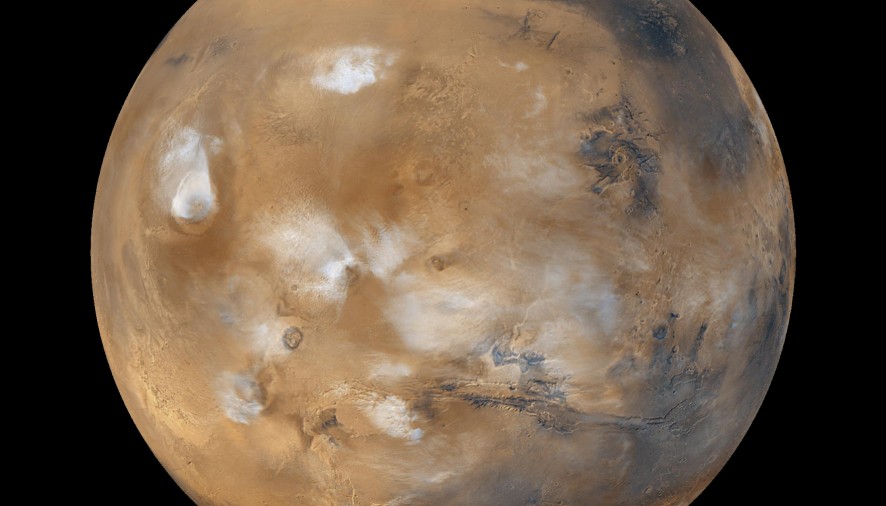This week sees the release of Hollywood’s latest foray into the Sci-fi genre, with Ridley Scott’s “The Martian” again raising questions on how close we are to sending astronauts to the red planet – is the technology really up to scratch or is it still just a pipe dream for writers, filmmakers and space enthusiasts? Well, it appears that plans are already afoot, with NASA planning to send their astronauts on the impressive 225 million km journey to the surface of Mars within the next 20 years! This incredible statement of intent indicates that putting a man on Mars is well on its way to becoming a reality.
The journeys first steps begin at the International Space Station (ISS), a mere 400km above the Earth’s surface. Its location, situated in a low-Earth orbit, makes it the perfect place to test the technology and communication systems required for a mission to Mars. Astronauts can spend as long as 6 months at the space station, helping those at NASA understand how space can affect the human body and how best to maintain health during longer missions. This will be key to the mission’s’ success, as the trip to Mars will take between 150-300 days. However, deep space is a much harsher environment than on board the ISS, with cosmic and solar radiation being much more prominent. On Earth we are protected from this radiation by the atmosphere, but survival in deep space requires technological advancements to help protect the crew from the high levels of radiation.
The next ‘giant leap for mankind’ in reaching Mars will be in the 2020s, with NASA’s Asteroid Redirect Mission. This is set to be a robotic mission, with an unmanned ship sent to a near-Earth asteroid to collect a multi-tonne boulder from its surface. Asteroids, like those depicted in previous blockbusters such as Deep Impact and Armageddon, are left over material from the creation of the Solar System and vary in size from a meagre 6m to a colossal 940 Km. Once removed from the asteroid’s surface, the boulder will be brought back into a stable orbit around the moon. This is not as dangerous as it sounds as it will be placed in a distant retrograde orbit – which is opposite to the direction of the Earth’s orbit around the sun – meaning it will not fall into the Earth. As an additional failsafe, if it ever did fall towards us, the mass of the chosen asteroid will be calculated to ensure that it would burn up in the Earth’s atmosphere long before it reached the planet’s surface. As the boulder safely orbits the moon, NASA will send astronauts to explore the boulder, collecting samples from the surface before returning back to Earth. This will help test the technologies in deep space and ensure that they are suitable for a mission to mars.
Current missions to the ISS are all Earth-dependant, meaning they rely on re-supply from our home planet. However, the robotic mission will help develop Earth-independent space travel, testing the capabilities of technology for longer missions into deep space. This will ensure that a mission to mars will be self-sustaining. This mission will also be the perfect test for their new Solar Electric Propulsion (SEP) system. The required thrust for a conventional space craft is currently created using chemical propulsion; however this is not the most efficient use of propellant. Instead, the SEP system creates electricity using a solar panel array. A resulting Electromagnetic field is produced, which expels charged particles (ions) away from the vehicle, creating thrust. Simply put, it’s similar to the repulsion experienced between two magnets, with one magnet representing the electromagnetic field producing vehicle and the second the expelled charged particles.
The final step, of course, will be to send a manned mission to Mars and, as it was formed in a similar way to Earth, sending astronauts to it could help answer questions about our own planets formation and history. The fleet of robotic spacecraft currently habituating Mars have identified that at one time it would have been able to sustain life. This manned mission could therefore potentially unearth the evidence required to finally answer the age old question; does life exist beyond Earth?
Ethan Jull
Image: Wikipedia

